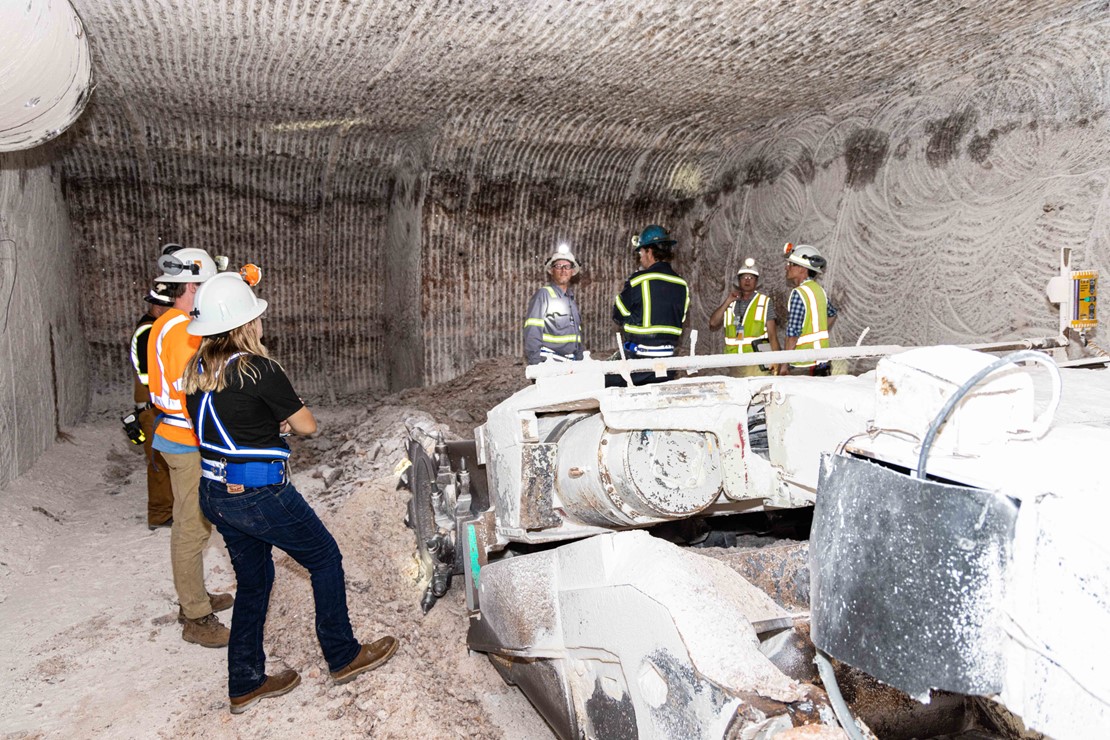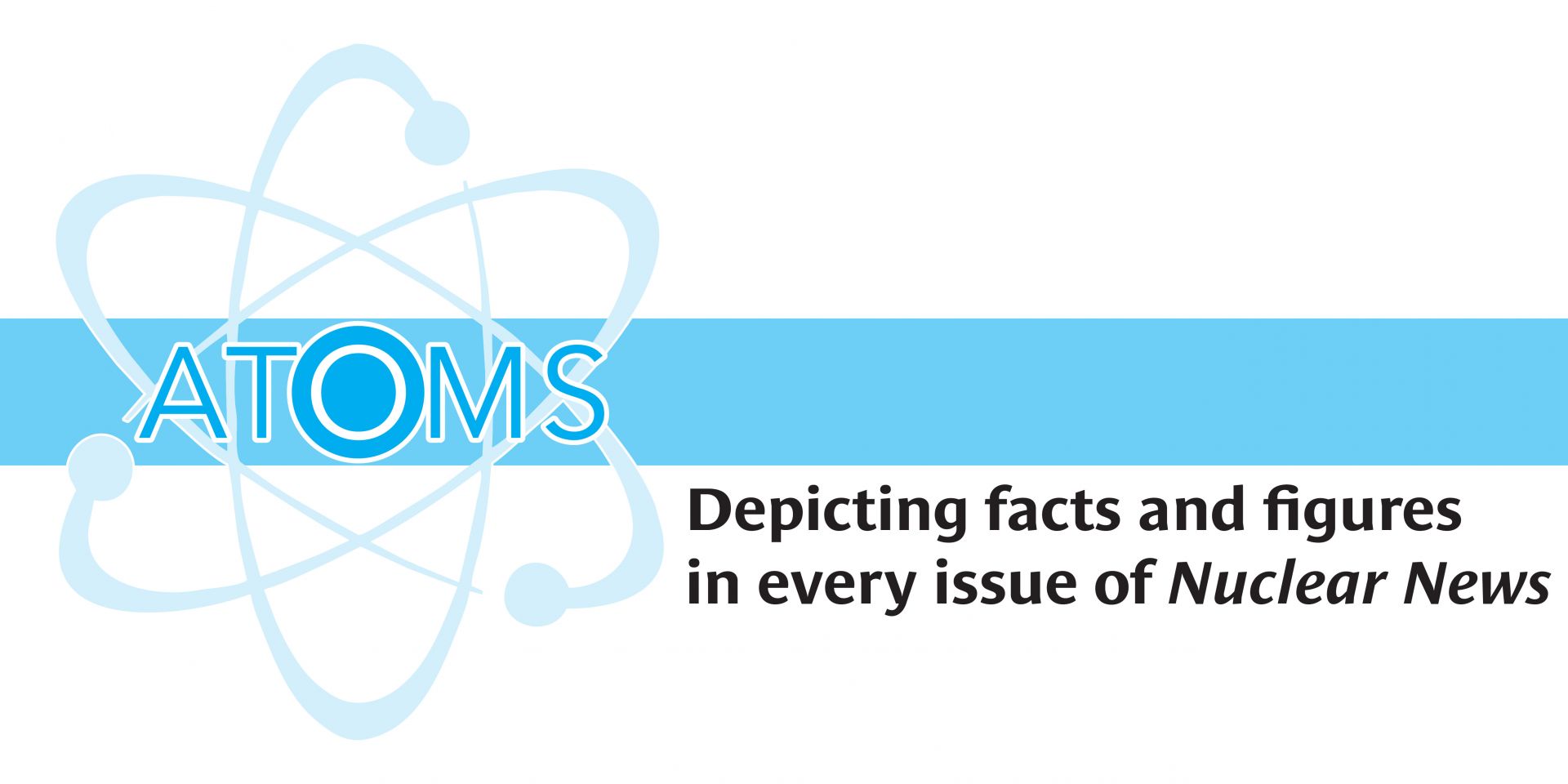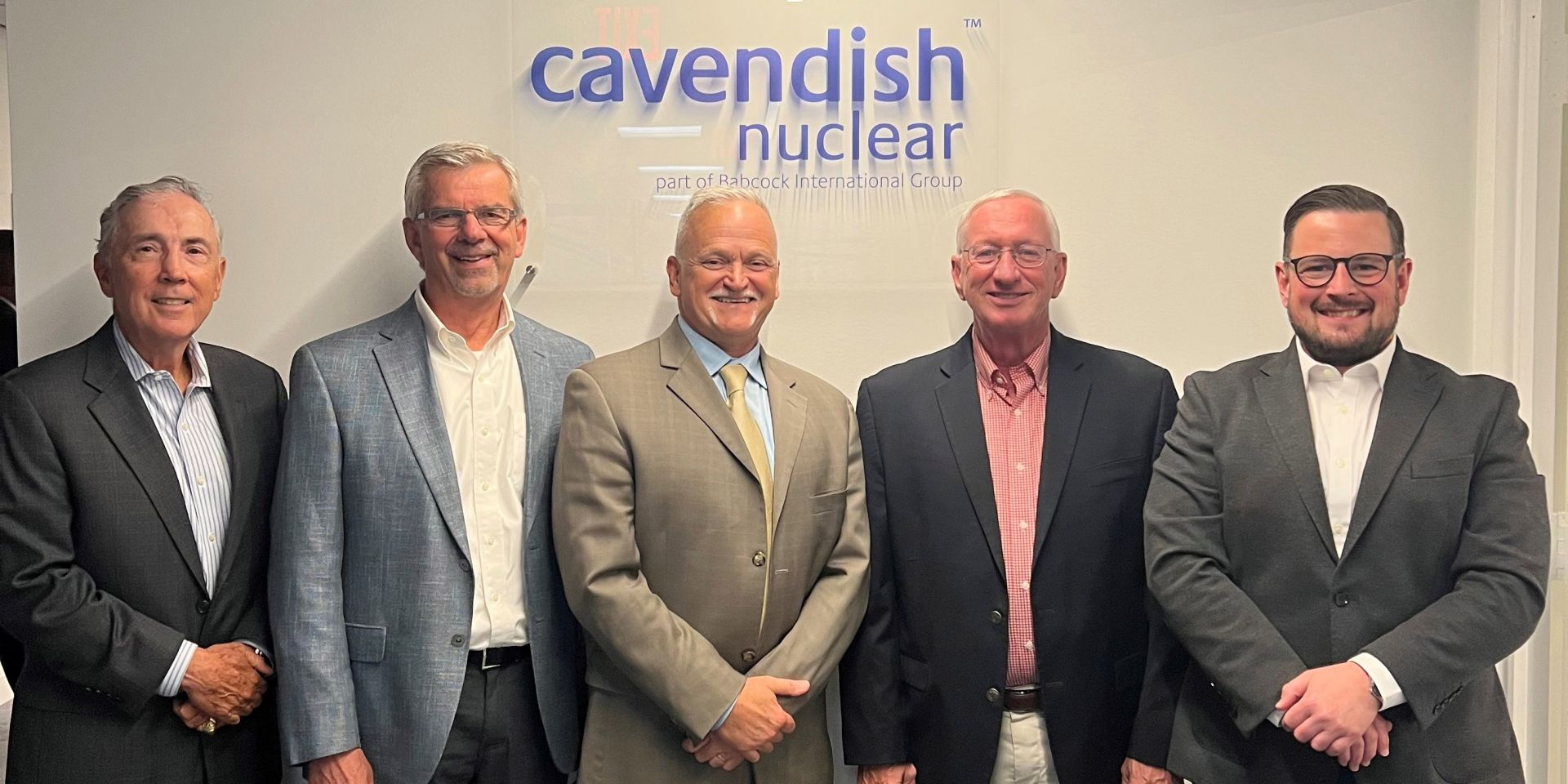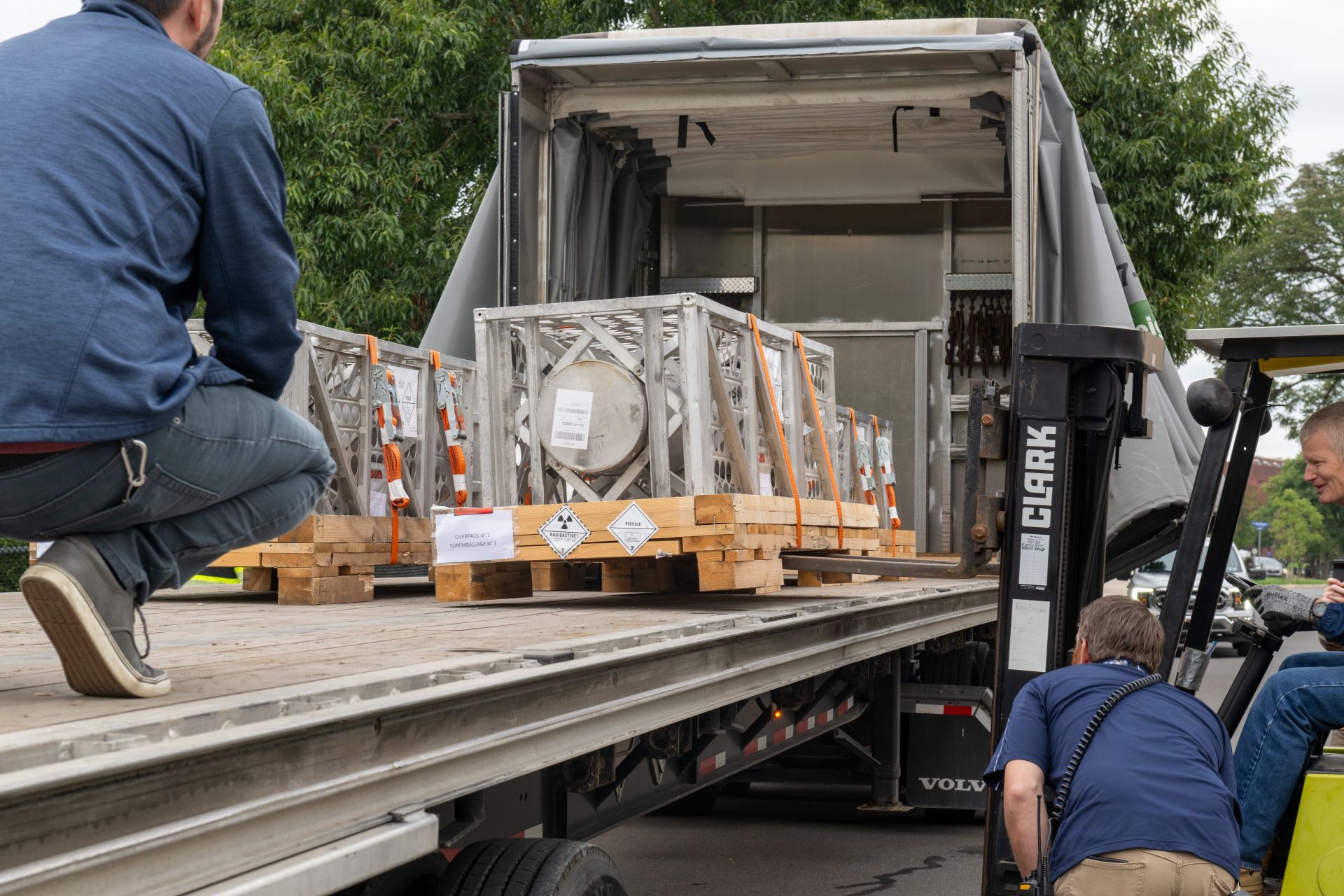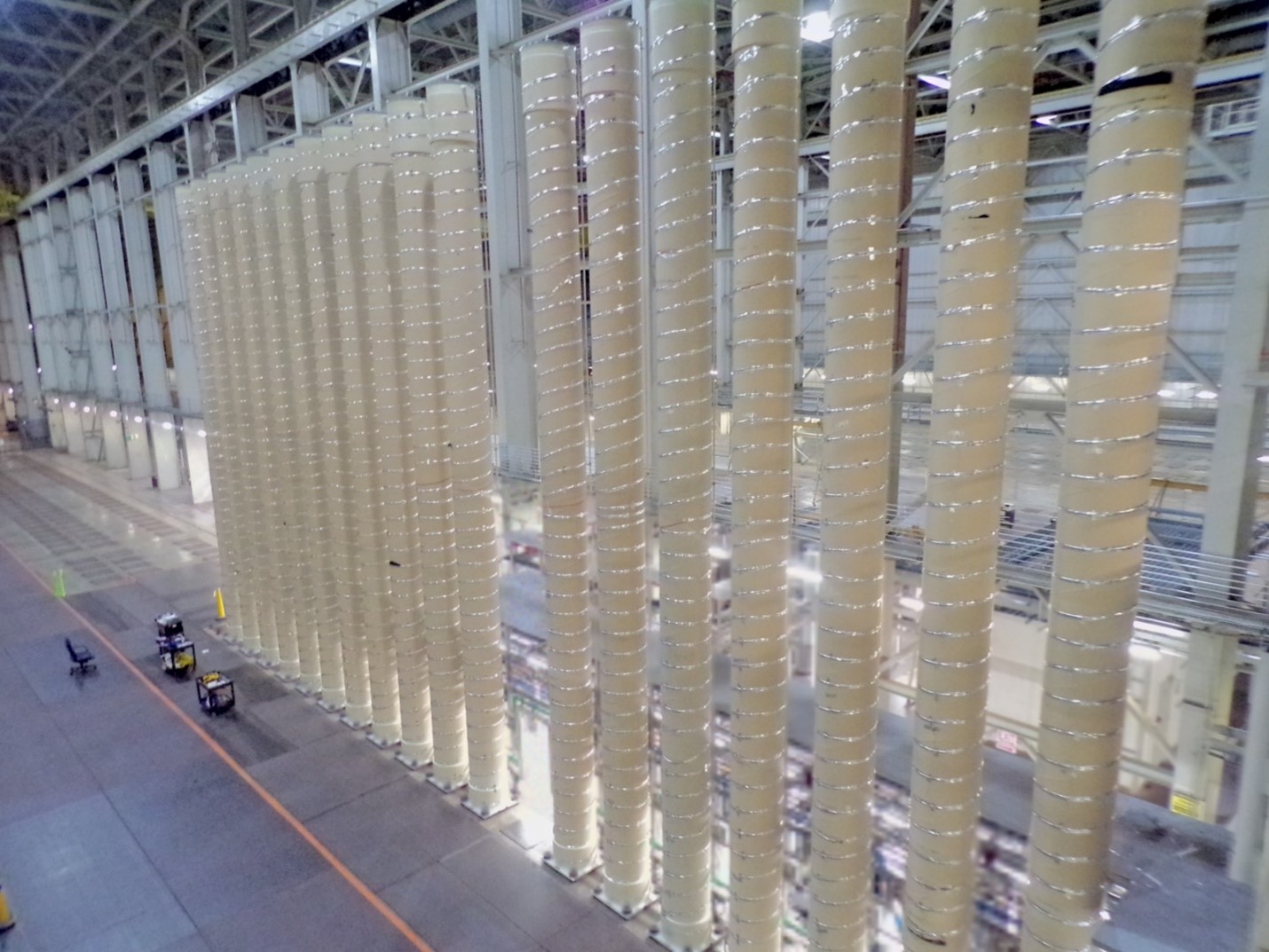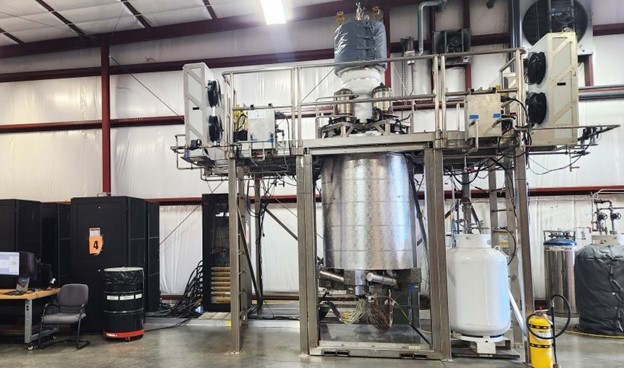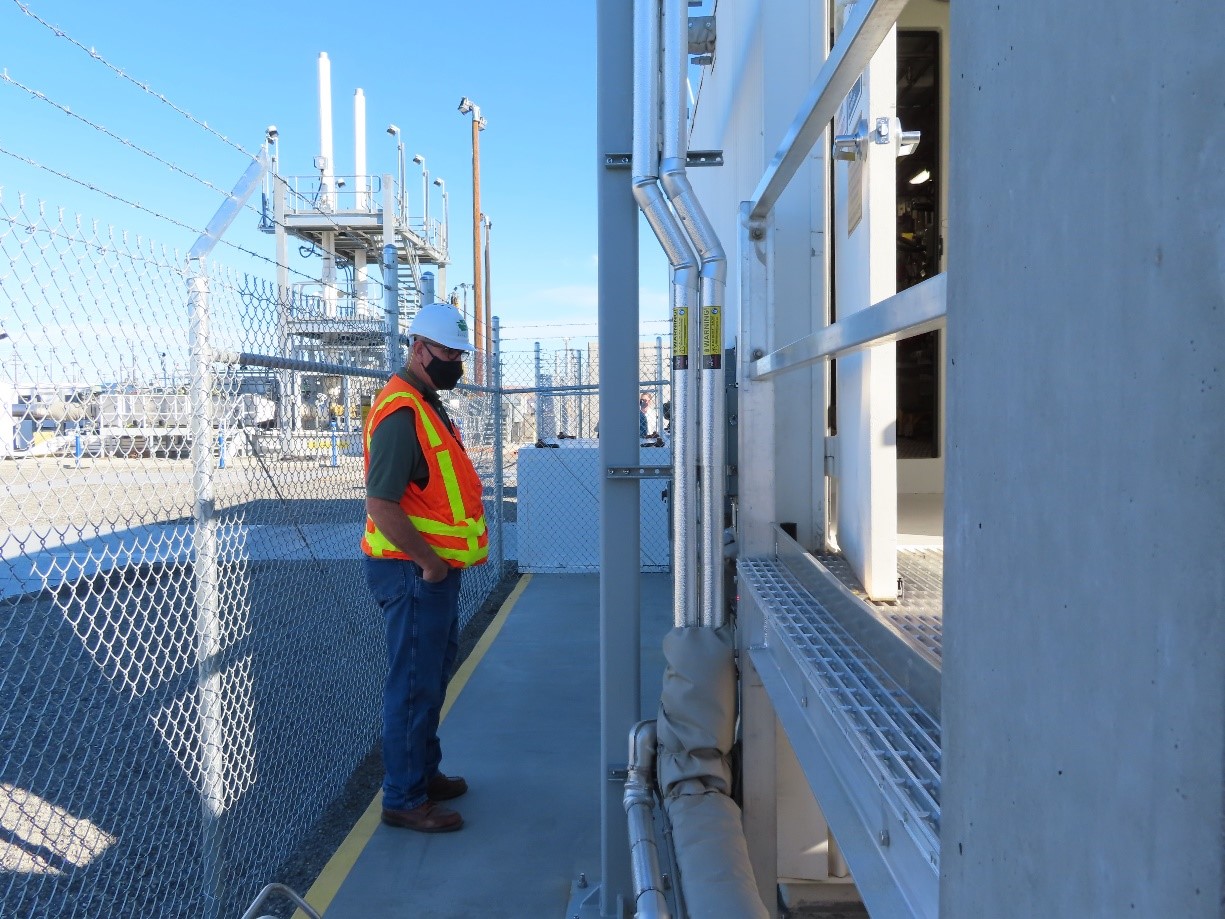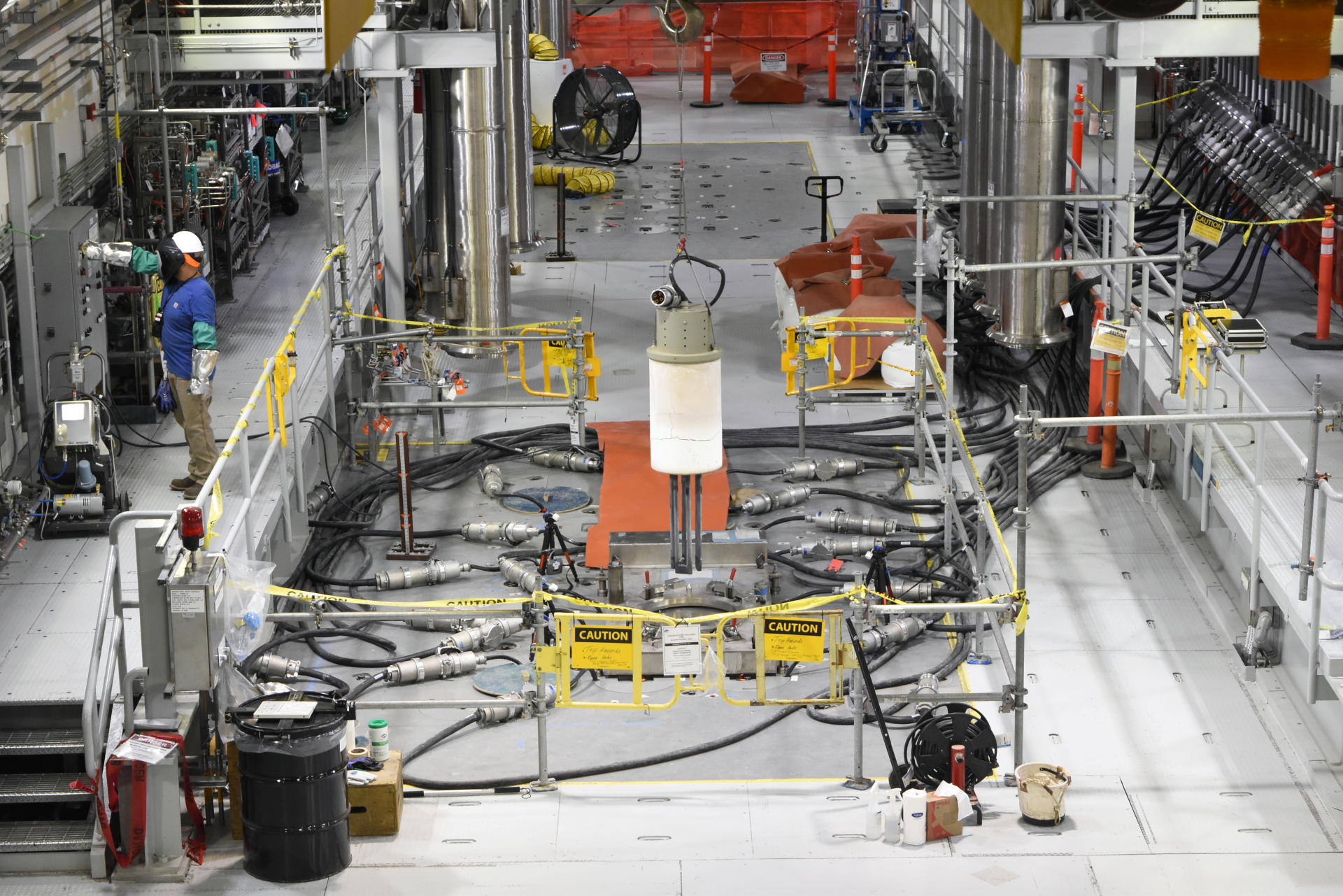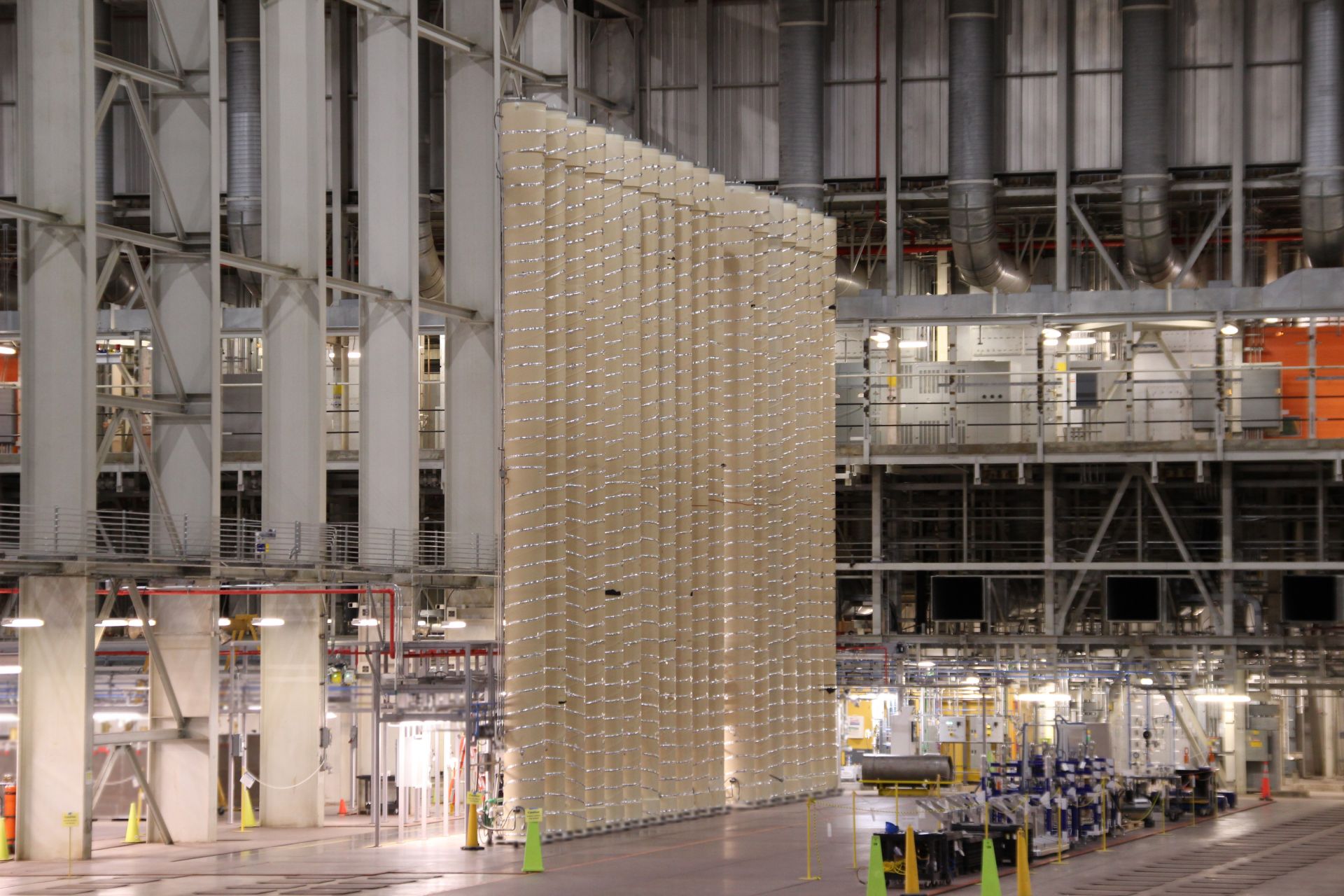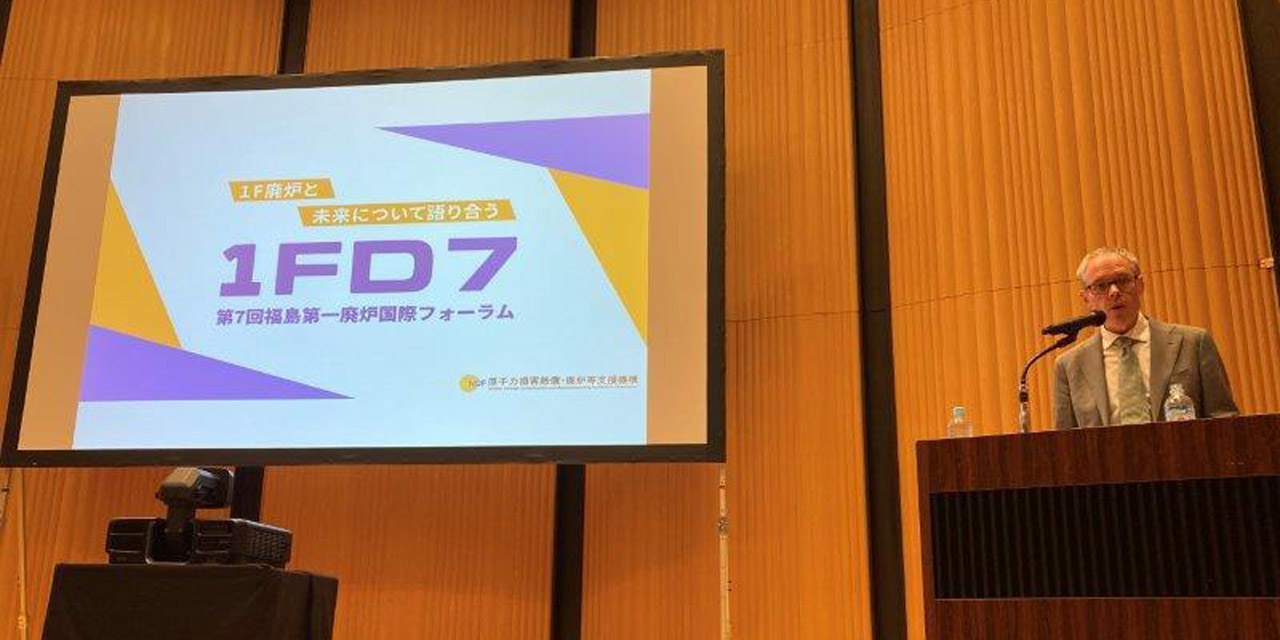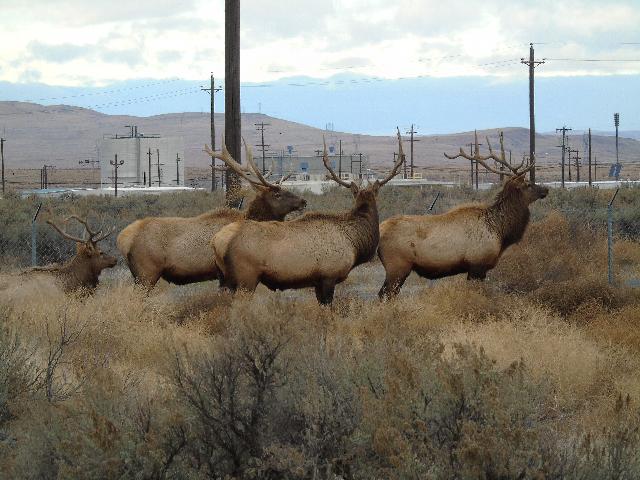Mining crews view progress in an ongoing mining tunnel, known as a drift, at the WIPP facility in New Mexico. (Photo: DOE)
The New Mexico Environment Department (NMED) signed a final order approving a 10-year permit renewal for the Waste Isolation Pilot Plant (WIPP), the nation’s deep geologic repository for defense-related transuranic (TRU) waste.
From left, Rand Fisher, Cavendish Nuclear board member; Terry Michalske, board member; Rick Provencher, Cavendish Nuclear USA vice president; Bill Ostendorff, board chairman; and Michael Bond, board member. (Photo: Cavendish Nuclear USA)
Cavendish Nuclear (USA) Inc., a U.S.-incorporated, wholly owned subsidiary of Babcock International Group, has recently appointed its corporate board of directors and held its first board meeting at corporate headquarters in Arlington, Va.
The TRIGA shipment was received September 27. (Photo: Kate Myers/Penn State)
Penn State’s Radiation Science and Engineering Center (RSEC) has received the first new TRIGA fuel shipped to the United States since 2012, the university announced on September 28. The fuel reached University Park, Pa., on September 27 and is destined for RSEC’s Breazeale Reactor, the nation’s longest continuously operating university research reactor.
Upper-level view of Centrus’s HALEU cascade. (Photo: Centrus Energy)
The Nuclear Regulatory Commission is requesting comments on the regulatory basis for a proposed rule for light water reactor fuel designs featuring high-assay low-enriched uranium (HALEU), including accident tolerant fuel (ATF) designs, and on draft guidance for the environmental evaluation of ATFs containing uranium enriched up to 8 percent U-235. Some of the HALEU feedstock for those LWR fuels and for advanced reactor fuels could be produced within the first Category II fuel facility licensed by the NRC—Centrus Energy’s American Centrifuge Plant in Piketon, Ohio. On September 21, the NRC approved the start of enrichment operations in the plant’s modest 16-machine HALEU demonstration cascade.
The electrically heated PCAT replica of the MARVEL microreactor is installed and ready for testing at CEI’s facility in Pennsylvania. (Photo: DOE)
While initial operation of MARVEL, a tiny microreactor that will be installed and operated inside Idaho National Laboratory’s Transient Reactor Test (TREAT) Facility, might not occur until 2025, testing of a nonnuclear prototype is now under way at the New Freedom, Pa., manufacturing facility of Creative Engineers, Inc. (CEI). The Department of Energy announced the start of prototype testing on September 20.
Conceptual art of a direct air capture CO2 removal system. (Image: DOE)
Given how much carbon dioxide has been released into the atmosphere from fossil fuels, replacing those fuels with clean options like nuclear energy is urgent, but could be likened to shutting the barn door after the proverbial horse has bolted. But what if you could also round up excess CO2 already in the atmosphere? That’s the goal of direct air capture (DAC) and other so-called negative emission technologies—to capture climate warming CO2 for use in products or processes or for permanent storage.
A Department of Ecology inspector at the Hanford Site. (Photo: Department of Ecology)
Washington state’s Department of Ecology said it has reached a settlement with the Department of Energy over access to data the state described as “critical” to the cleanup of the Hanford Site near Richland, Wash.
A startup heater is removed from a melter in the Vit Plant’s Low-Activity Waste Facility. (Photo: DOE)
Workers at the Hanford Site’s Waste Treatment and Immobilization Plant, also known as the Vit Plant, have begun removing the first three of 18 temporary startup heaters, the Department of Energy announced on September 12. The startup heaters were used to raise the first of two 300-ton glass melters in the plant’s Low-Activity Waste Facility to its operating temperature of 2,100°F.
DOE-EM senior advisor Ike White provided remarks to the audience during 7th International Forum on the Decommissioning of the Fukushima Daiichi Nuclear Power Station. (Photo: DOE)
Senior advisor Ike White and others with the Department of Energy’s Office of Environmental Management traveled to Japan this week to attend the 7th International Forum on the Decommissioning of the Fukushima Daiichi Nuclear Power Station.
An elk herd at the DOE’s Hanford Site in Washington state. (Photo: DOE)
The Department of Energy has released the first request for information (RFI) related to the department’s Cleanup to Clean Energy initiative, which aims to repurpose certain DOE-owned lands, portions of which were previously used in the nation’s nuclear weapons program, into sites for clean energy generation.
